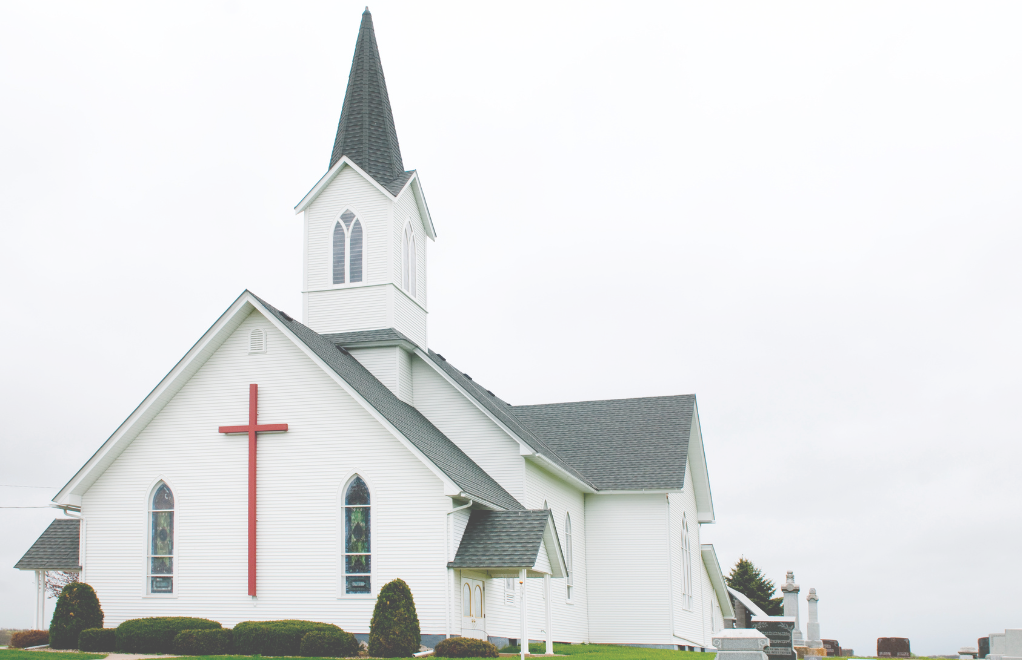In this complete blog post, we compare and contrast two prominent Christian denominations: the Assemblies of God and the Church of God. While both share a commitment to the Christian faith, they have distinct characteristics in terms of doctrine, worship practices, and organizational structures.
Understanding these differences can offer valuable insights into the diverse landscape of modern Christianity.
Please note that while many believers find it helpful to understand denominational distinctions, it’s important to remember that spiritual growth is ultimately rooted in a personal relationship with Christ and guided by Scripture.

What Are the Core Beliefs of the Assemblies of God?
The Assemblies of God (AG) is one of the largest Pentecostal denominations worldwide. Founded in 1914, it emphasizes personal salvation through Jesus Christ, the baptism in the Holy Spirit evidenced by speaking in tongues, divine healing, and the Second Coming of Christ.
The AG is known for its missionary work and vibrant, expressive worship services that often include speaking in tongues, lively music, and an emphasis on personal spiritual experiences.
How Does the Church of God Differ in Beliefs?
The Church of God, established in 1886 in Tennessee, also belongs to the Pentecostal tradition. While it shares many beliefs with the AG, such as the importance of salvation, baptism in the Holy Spirit, and divine healing, the Church of God places a strong emphasis on sanctification - a process of spiritual growth and living a holy life. The Church of God also practices water baptism by immersion after salvation and observes Holy Communion.
Please note that as with any faith tradition, it’s wise to compare beliefs and practices with the Bible and seek guidance through prayer and godly counsel.
What Are the Worship Styles of These Denominations?
Worship styles in both denominations are characterized by Pentecostal fervor but have subtle differences. The Assemblies of God services are known for their energetic and contemporary worship style, with a strong focus on spiritual gifts.
In contrast, the Church of God also has spirited services but they may include more traditional elements, and some congregations may incorporate liturgical practices like formal prayers and structured worship services.
Please note that no matter the style of worship, what matters most is a sincere heart before God. As Jesus said in John 4:24, “God is spirit, and his worshipers must worship in the Spirit and in truth” (NIV).
How Do Their Organizational Structures Differ?
The organizational structure of the Assemblies of God is a cooperative fellowship, which allows a considerable degree of autonomy to individual churches while maintaining doctrinal unity.
The Church of God functions with a more hierarchical governance structure, with local churches being more directly accountable to state and national offices, and leaders like bishops playing a significant role in church governance.

What is the Global Impact and Outreach of These Denominations?
Both denominations have a strong focus on global mission and evangelism. The Assemblies of God operates through its World Missions and U.S. Missions organizations, focusing on church planting, disaster relief, and various humanitarian projects.
The Church of God also has a robust mission program, with efforts in education, healthcare, and evangelism around the world. Both emphasize the spread of the gospel and serving communities through various ministries.
Conclusion
As we look at differences between these two denominations, we’re reminded that unity in Christ is greater than any division. Ephesians 4:5 reminds us: “one Lord, one faith, one baptism” (NIV).
While the Assemblies of God and the Church of God share many core Pentecostal beliefs and practices, they differ in aspects like worship style, doctrinal emphasis, and organizational structure. These differences reflect the rich diversity within the Pentecostal movement and the broader Christian faith. Understanding these nuances can enrich one's appreciation of the varied ways in which Christian beliefs and practices are expressed.
FAQs
Do both denominations believe in the Trinity?
Yes, both the Assemblies of God and the Church of God adhere to the doctrine of the Trinity.
Are the differences in worship style significant?
While both are lively and spirited, the Assemblies of God tends to be more contemporary, whereas the Church of God can incorporate more traditional elements.
Which denomination is larger in terms of membership?
The Assemblies of God is generally larger, with a significant global presence.
Can members of one denomination easily transition to the other?
Given their similar core beliefs, transitioning between these denominations can be feasible, though individuals may notice differences in worship and church governance.
Do both denominations participate in social and humanitarian efforts?
Yes, both are actively involved in various social, educational, and humanitarian projects worldwide.
Comments
If you enjoyed reading this blog post, please leave a comment in the form field at the bottom of the page!
You May Also Love
Jesus and Coffee: 7 Day Devotional Series
Why Do I Cry When I Think About God?
21 Bible Verses for Reflection Over Your Morning Coffee
What Does it Mean When the Holy Spirit Convicts You?
What Does The Bible Say About Authenticity in Christianity?
Coffee and Christ Finding Spiritual Connections in the Ritual of Coffee










